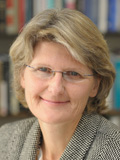 I’ve been on a blog hiatus — the longest since I began writing this back in 2005, but for good reason. Another former trumpet player, Kevin Taylor and I have been working on the creation of a research institute in Southwest Florida. It will embrace an ambitious research mission, academic excellence and become the biotech engine of what could become the future of Southwest Florida’s clinical research, environmental, aging research, behavioral health and translational medicine efforts for the region.
I’ve been on a blog hiatus — the longest since I began writing this back in 2005, but for good reason. Another former trumpet player, Kevin Taylor and I have been working on the creation of a research institute in Southwest Florida. It will embrace an ambitious research mission, academic excellence and become the biotech engine of what could become the future of Southwest Florida’s clinical research, environmental, aging research, behavioral health and translational medicine efforts for the region.
The structure of the not-for-profit arm of this project and the strategic direction of this new 501(c)3 corporation will be the Southwest Florida Global Research Institute.
The initial primary services outlined in this plan are to outfit and set up a tissue repository. From this hub, numerous spokes will emanate that will include opportunities for faculty-student involvement from the Florida Gulf Coast University and other Florida universities, as well as research opportunities for organizations that will eventually feed other related organizations such as an incubator and an accelerator.
It is our intent to focus on the various ideas, concepts, and programs that have been embraced by the leadership of all of the local organizations with whom we have interacted during this effort to include health systems, universities, the private and public pharmaceutical and research communities, environmental science, public health officials and political leaders.
In the financial summary of a business plan, it is evident that the revenue from programs, grants contributions, sponsorships and subsidies must initially be the fiscal drivers behind all of the suggested work at SFGRI with a clear goal of having financial streams in place by year four of the operation to allow the organization to not only survive but also to thrive. With all relevant guidelines, requirements, restrictions, and recommendations in mind, let us begin with an analysis of each suggested area of concentration.
 The Southwest Florida Global Research Institute tissue repository is a key to growth for both research and biotech efforts in the region. Physician, faculty, staff and community involvement will all determine the degree of success that will ultimately emanate from this key research component, but the ultimate determinant for the success of this repository will come from professional guidance and initial oversight provided through the Clinical Breast Care Project’s Windber Research Institute Tissue Repository.
The Southwest Florida Global Research Institute tissue repository is a key to growth for both research and biotech efforts in the region. Physician, faculty, staff and community involvement will all determine the degree of success that will ultimately emanate from this key research component, but the ultimate determinant for the success of this repository will come from professional guidance and initial oversight provided through the Clinical Breast Care Project’s Windber Research Institute Tissue Repository.
It is imperative that this program carries the most immediate gain for the overall success and future of the institute. The very essence of this initiative revolves around not only equipment and space, but also quality tissue derived through comprehensive protocols. In time, this effort could lead to an ongoing stream of funding that will help to meet the myriad fiscal needs of the other aspects of this project.
Equipment for setting up this program is relatively inexpensive, but expertise and recommendations for the actual business model are not and it is our recommendation that these efforts should be led through a consulting assignment with the Clinical Breast Care Project’s Windber Research Institute. In order to activate a comprehensive program such as this, highly skilled PhD’s and techs will be needed. Having contributed to the design of the numerous other programs and centers, we would recommend the researchers and employees at the Windber Research Institute as consultants to assist in this effort. Under their direction, they have successfully put together and managed a similar program that has been identified by the National Cancer Institute as the only platinum quality tissue repository in the United States. They also have world-class experience in data management for the control of the tissue, as well as expertise in accounting, staffing, billing, and management systems that allow for the comprehensive management of the collected tissue.
 The timeline for this program can be relatively immediate, but the overall effort must be seen as neutral and independent from all of the participating organizations. This tissue repository will contribute to biotech research which will enrich physician recruitment opportunities, for profit biotech spin-offs and training experiences for students in the schools of arts and science, business and public health at the local universities.`
The timeline for this program can be relatively immediate, but the overall effort must be seen as neutral and independent from all of the participating organizations. This tissue repository will contribute to biotech research which will enrich physician recruitment opportunities, for profit biotech spin-offs and training experiences for students in the schools of arts and science, business and public health at the local universities.`
In summary, the Southwest Florida Global Research Institute will be the centerpiece for what will become the vision of this region; care for aging, preventative medicine, auto-immune and diseases of the brain while spinning off companies to address all of these maladies and meeting these challenges. It will become part of a world-wide effort based in Southwest Florida with a singular goal — to improve the health of humanity on many different levels. That will be the mission of the Southwest Florida Global Research Institute.
Learn more:
- Clinical Breast Care program (Walter Reed Army Medical Center): CBCP.info
- Enterprise Florida on YouTube: Life Sciences Channel
- Florida Gulf Coast University: FGCU.edu
- Southwest Florida Economic Development Partnership: ABrighterPlace.com – life-sciences
- Windber Research Institute: WRIWindber.org | Recent news: Windber Research Institute Adding Freezers to Tissue Bank



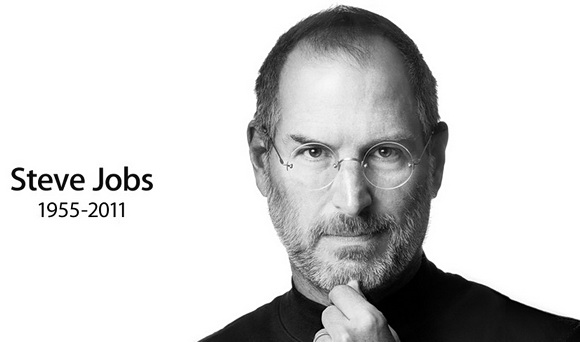
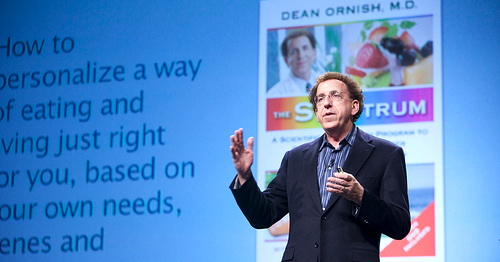
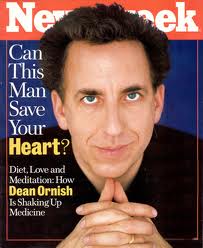

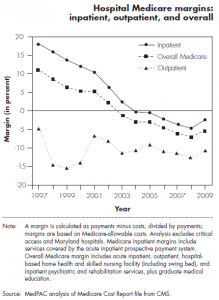










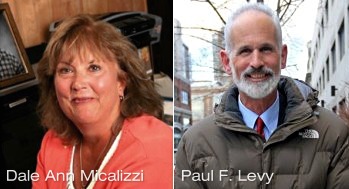 He then challenged the other Boston hospitals to do the same. He was accused of self-aggrandizement, egomania, and numerous other witchcraft-like things, but the bottom line was that the number of infections went down, and they went down because the staff and employees wanted to do better and wanted them to go down.
He then challenged the other Boston hospitals to do the same. He was accused of self-aggrandizement, egomania, and numerous other witchcraft-like things, but the bottom line was that the number of infections went down, and they went down because the staff and employees wanted to do better and wanted them to go down.
